
-
Chemical Safety and Certification-
Chemical Safety for Consumer Electronics-
Hazardous Chemicals in Consumer Electronics
We provide comprehensive solutions designed to help our clients mitigate risks, enhance performance, and excel in key areas such as quality, health & safety, environmental sustainability, and social responsibility.
Discover
For many years, our organization has been operating successfully, boasting modern laboratories that meet international standards. These laboratories are equipped with the latest technology devices and equipment, and we have built a strong team of experienced and trained personnel to operate them.
DiscoverWelcome to Eurolab, your partner in pioneering solutions that encompass every facet of life. We are committed to delivering comprehensive Assurance, Testing, Inspection, and Certification services, empowering our global clientele with the ultimate confidence in their products and processes.
Discover
-
Chemical Safety and Certification-
Chemical Safety for Consumer Electronics-
Hazardous Chemicals in Consumer ElectronicsConsumer electronics have become an essential part of everyday life, with products like smartphones, laptops, televisions, and tablets being used globally. However, the manufacturing and disposal of these devices raise significant environmental and health concerns, primarily due to the hazardous chemicals involved. Many consumer electronics contain substances that are harmful to both human health and the environment. As the industry continues to grow, there is an increasing need for awareness and action to reduce the use of toxic chemicals and to find safer alternatives.
Several chemicals commonly found in consumer electronics pose risks during both production and disposal. Understanding these substances and their potential hazards is critical in managing their environmental and health impacts.
1. Lead
2. Mercury
3. Cadmium
4. Brominated Flame Retardants (BFRs)
5. Polychlorinated Biphenyls (PCBs)
6. Phthalates
The hazardous chemicals in consumer electronics present significant risks throughout the life cycle of these products, from production to disposal.
1. Human Health Impacts
2. Environmental Impacts
As the negative impact of hazardous chemicals in consumer electronics becomes more apparent, several strategies can be adopted by manufacturers, consumers, and policymakers to mitigate these risks.
1. Design for Sustainability
2. Improved Recycling Practices
3. Regulations and Standards
4. Consumer Awareness and Education
1. What hazardous chemicals are commonly found in consumer electronics?
Common hazardous chemicals include lead, mercury, cadmium, brominated flame retardants (BFRs), phthalates, and polychlorinated biphenyls (PCBs), which are used in various components of electronics such as circuit boards, batteries, and displays.
2. How do hazardous chemicals in electronics impact the environment?
These chemicals can contaminate soil, water, and air when electronics are improperly disposed of or recycled. They can also bioaccumulate in the food chain, affecting wildlife and human populations.
3. What are the health risks of hazardous chemicals in electronics?
Long-term exposure to these chemicals can cause a variety of health issues, including neurological damage, kidney failure, respiratory problems, and cancer. Children and pregnant women are particularly vulnerable to these risks.
4. How can manufacturers reduce the use of hazardous chemicals in electronics?
Manufacturers can design products using safer materials, eliminate toxic substances like lead and mercury, and improve recyclability. They can also adopt eco-friendly materials and modular designs to extend product life and reduce waste.
5. What can consumers do to reduce the impact of hazardous chemicals in electronics?
Consumers can choose eco-friendly products, recycle old electronics responsibly, and support manufacturers that prioritize sustainability. Proper disposal and recycling of e-waste help prevent harmful chemicals from contaminating the environment.
The presence of hazardous chemicals in consumer electronics poses significant risks to human health and the environment. As the global demand for electronics continues to rise, it is crucial that manufacturers, consumers, and policymakers work together to reduce the use of toxic substances and improve recycling practices. By adopting sustainable design practices, supporting responsible recycling initiatives, and advocating for stronger regulations, we can minimize the negative impacts of hazardous chemicals in electronics and move toward a more sustainable and safer future for both people and the planet.
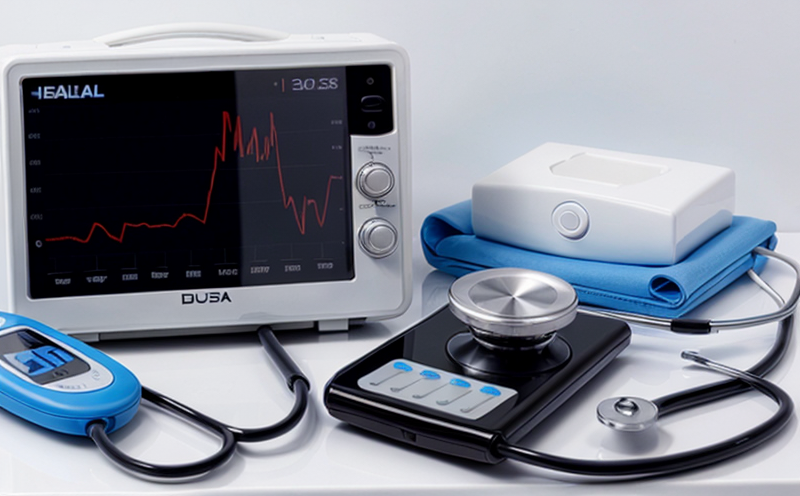
Healthcare and Medical Devices
The Evolution of Healthcare and Medical Devices: Trends, Innovations, and Challenges The healthcare...
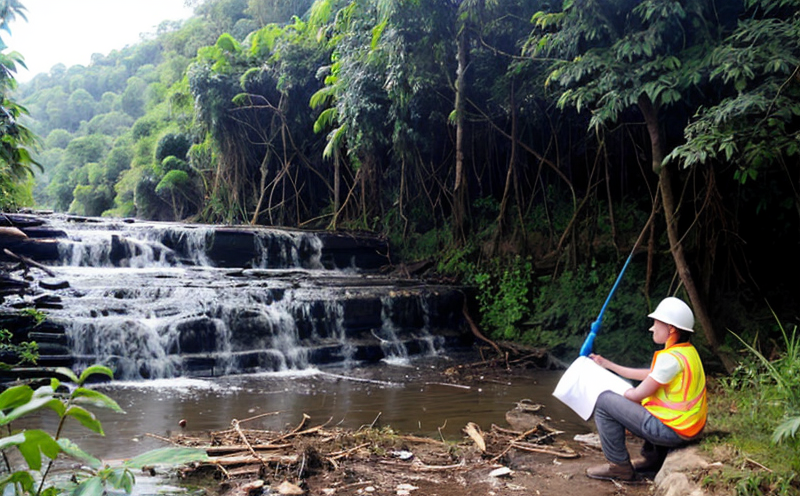
Environmental Impact Assessment
Environmental Impact Assessment: A Comprehensive Guide Environmental Impact Assessment (EIA) is a c...
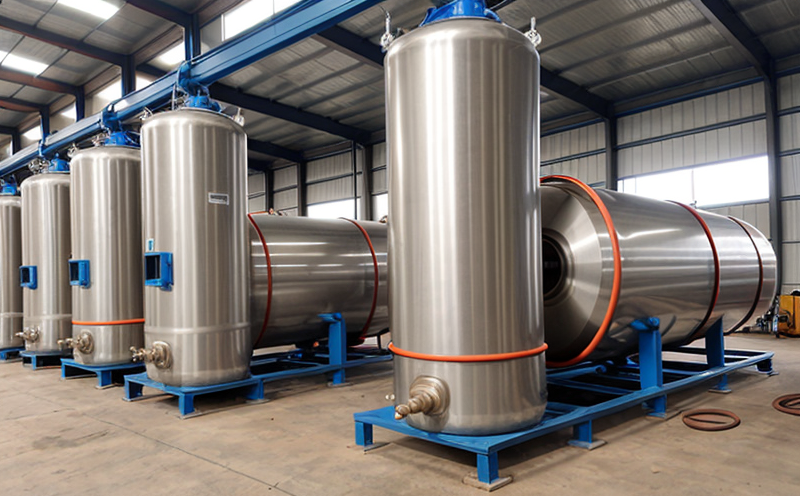
Pressure Vessels and Installations Testing
Pressure Vessels and Installations Testing Pressure vessels are a critical component of various ind...
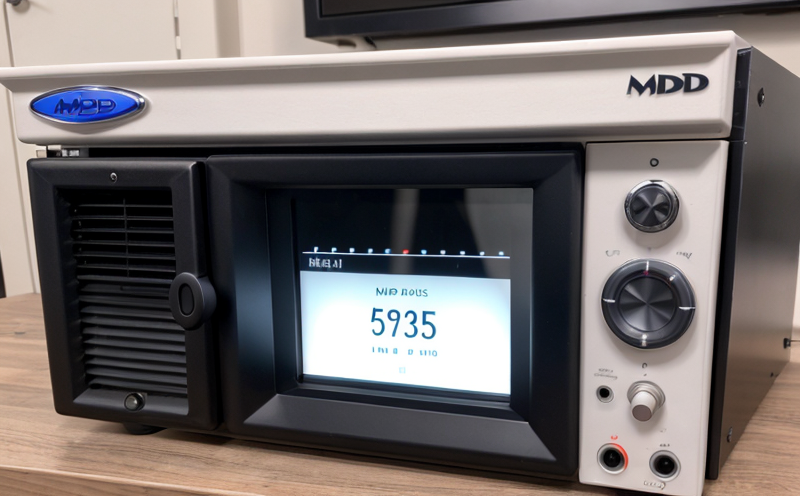
MDR Testing and Compliance
MDR Testing and Compliance: A Comprehensive Guide The Medical Device Regulation (MDR) is a comprehe...

Hospitality and Tourism Certification
Hospitality and Tourism Certification: Unlocking Opportunities in the Industry The hospitality and ...

Military Equipment Standards
Military Equipment Standards: Ensuring Effectiveness and Safety The use of military equipment is a ...

Trade and Government Regulations
Trade and government regulations play a vital role in shaping the global economy. These regulations ...
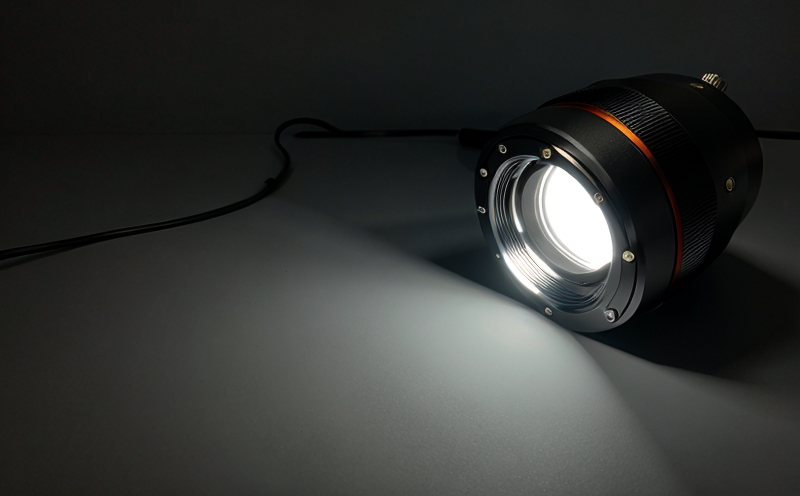
Lighting and Optical Device Testing
Lighting and Optical Device Testing: Ensuring Performance and Safety Lighting and optical devices a...
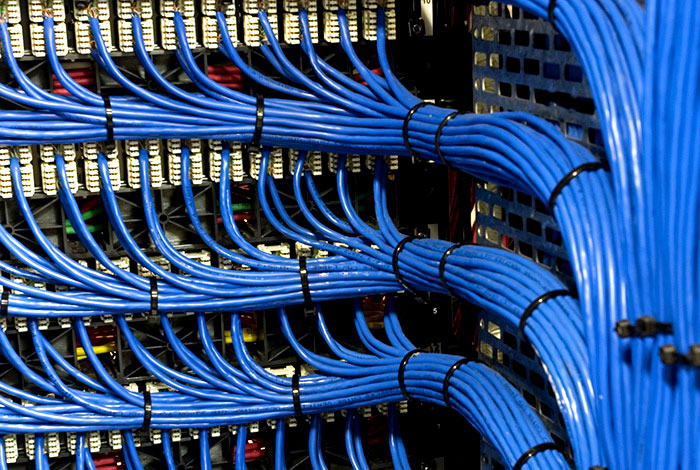
NEBS and Telecommunication Standards
Network Equipment Building System (NEBS) and Telecommunication Standards The Network Equipment Bu...

Environmental Simulation Testing
Environmental Simulation Testing: A Comprehensive Guide In todays world, where technology is rapidl...
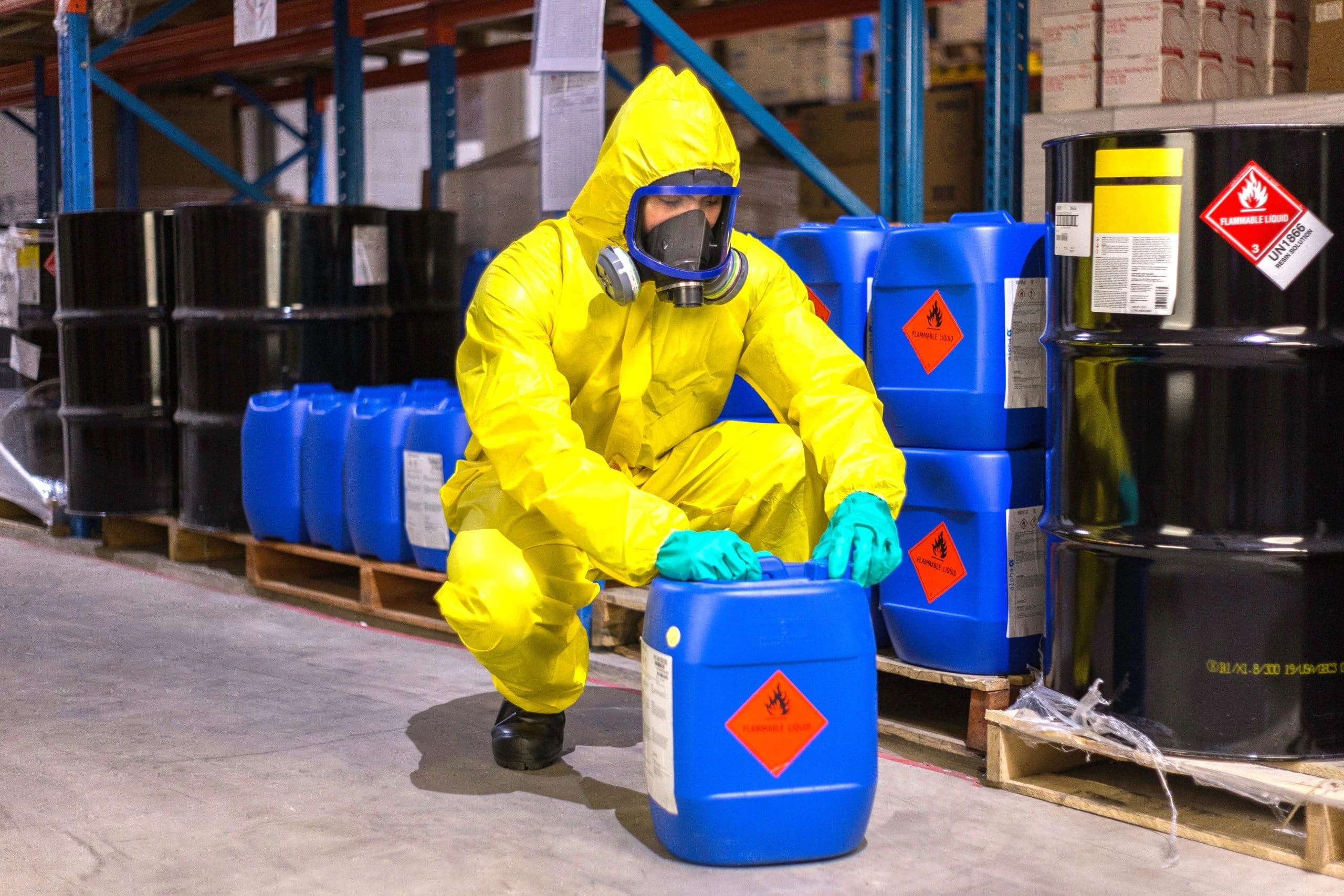
Chemical Safety and Certification
Chemical safety and certification are critical in ensuring the safe management of products and proce...
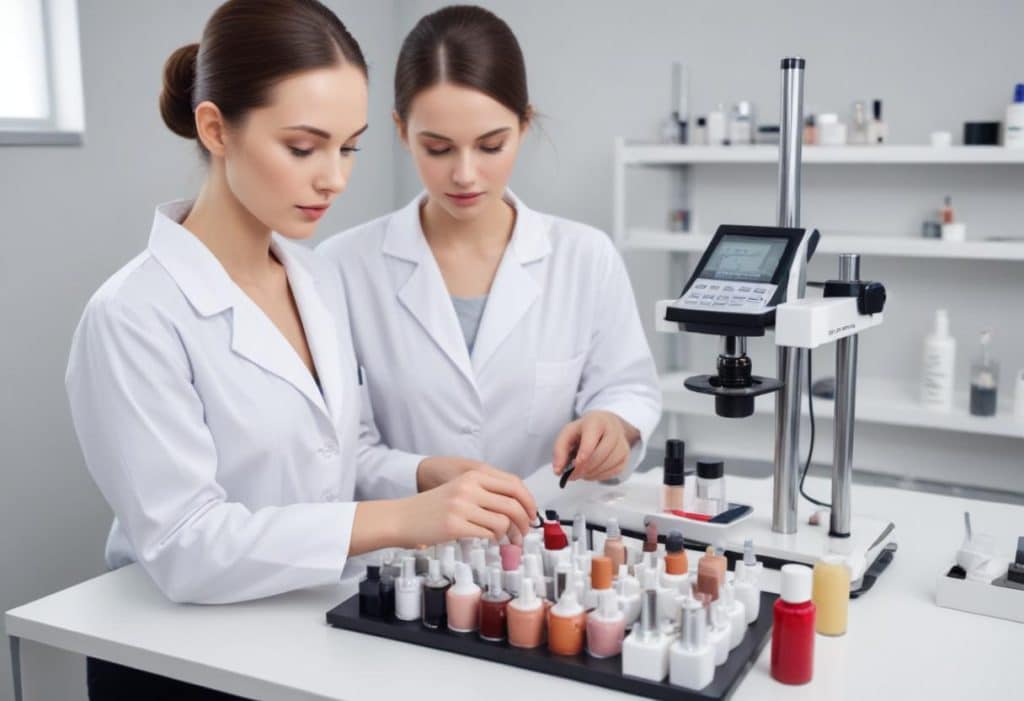
Cosmetic Product Testing
The Complex World of Cosmetic Product Testing The cosmetics industry is a multi-billion-dollar ma...

Automotive Compliance and Certification
Automotive Compliance and Certification: Ensuring Safety and Efficiency The automotive industry is ...
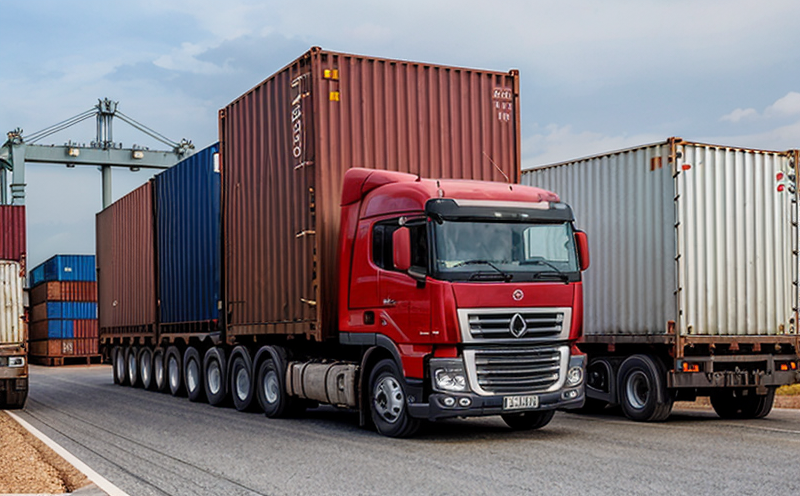
Transportation and Logistics Certification
Transportation and Logistics Certification: A Comprehensive Guide The transportation and logistics ...
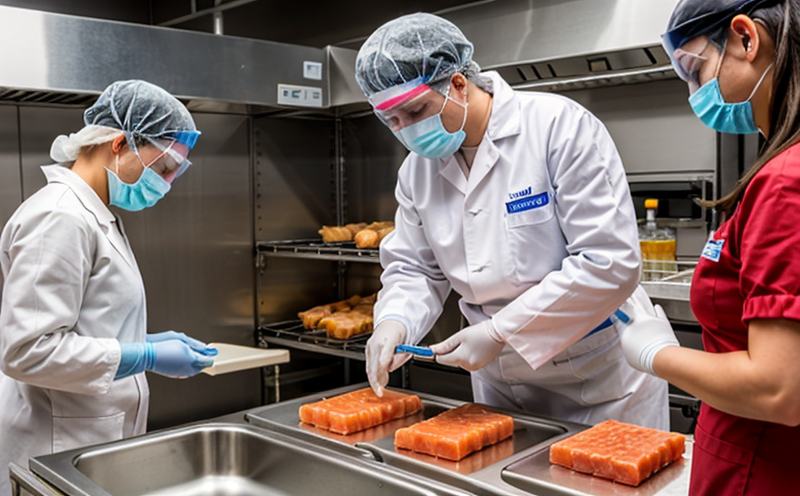
Food Safety and Testing
Food Safety and Testing: Ensuring the Quality of Our Food As consumers, we expect our food to be sa...

Consumer Product Safety
Consumer Product Safety: Protecting Consumers from Harmful Products As a consumer, you have the rig...

Agricultural Equipment Certification
Agricultural equipment certification is a process that ensures agricultural machinery meets specific...

Product and Retail Standards
Product and Retail Standards: Ensuring Quality and Safety for Consumers In todays competitive marke...
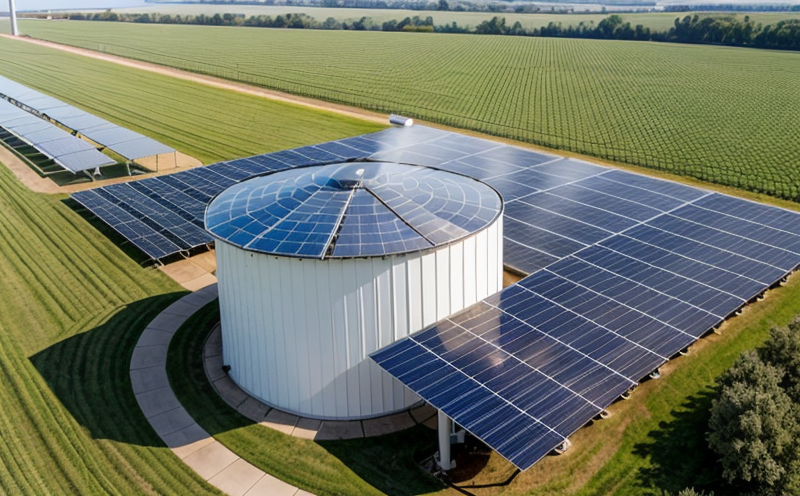
Renewable Energy Testing and Standards
Renewable Energy Testing and Standards: Ensuring a Sustainable Future The world is rapidly transiti...
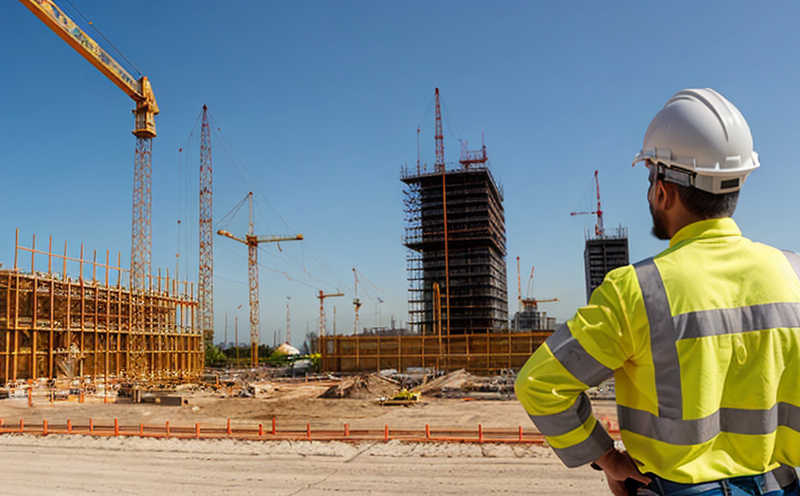
Construction and Engineering Compliance
Construction and Engineering Compliance: Ensuring Safety, Quality, and Regulatory Adherence In the ...
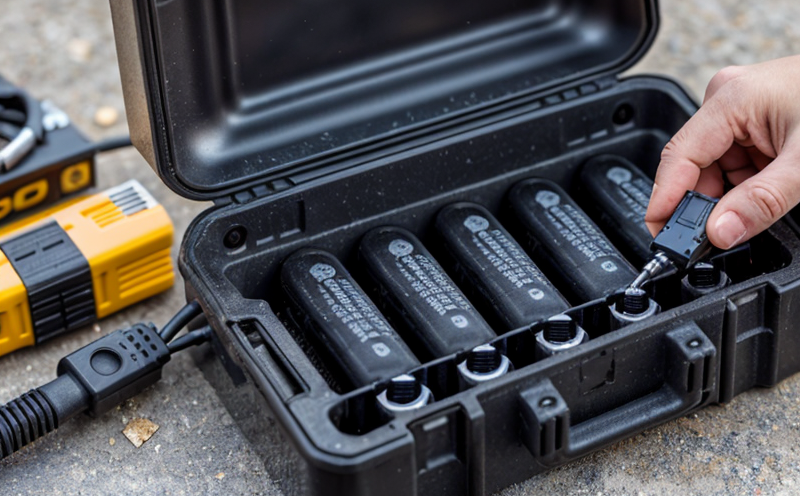
Battery Testing and Safety
Battery Testing and Safety: A Comprehensive Guide As technology continues to advance, battery-power...

Aviation and Aerospace Testing
Aviation and Aerospace Testing: Ensuring Safety and Efficiency The aviation and aerospace industr...

Energy and Sustainability Standards
In today’s rapidly evolving world, businesses face increasing pressure to meet global energy a...
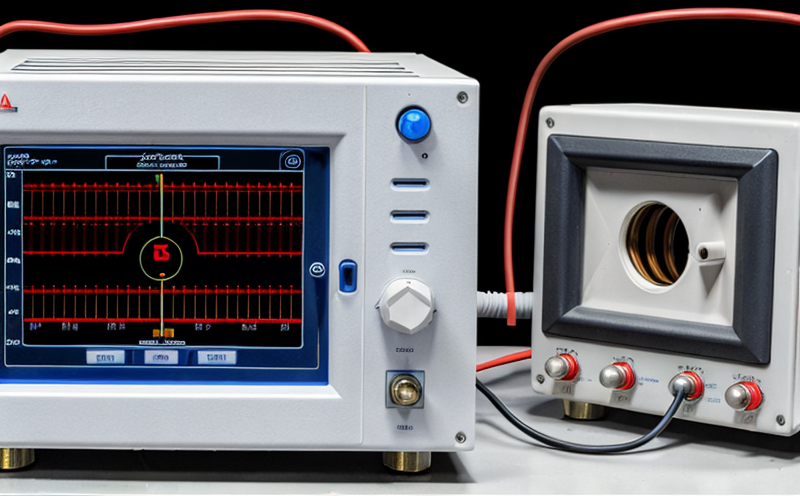
Electrical and Electromagnetic Testing
Electrical and Electromagnetic Testing: A Comprehensive Guide Introduction Electrical and electrom...

Fire Safety and Prevention Standards
Fire Safety and Prevention Standards: Protecting Lives and Property Fire safety and prevention stan...

Railway Industry Compliance
Railway Industry Compliance: Ensuring Safety and Efficiency The railway industry is a critical comp...
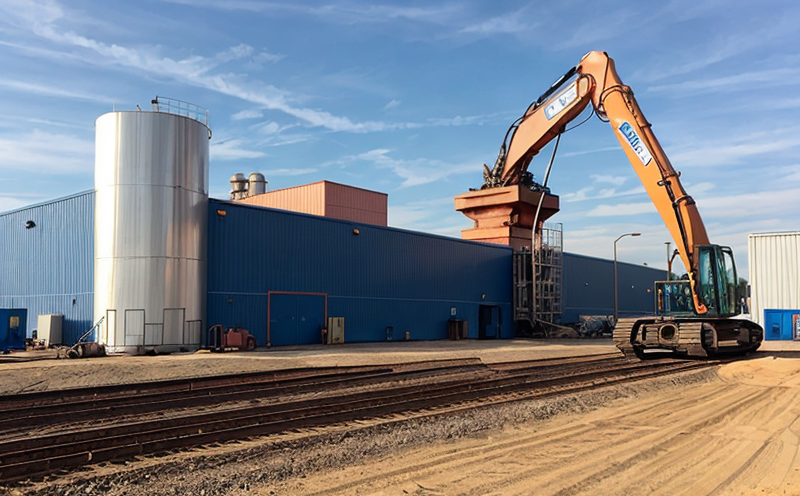
Industrial Equipment Certification
Industrial equipment certification is a critical process that ensures industrial equipment meets spe...
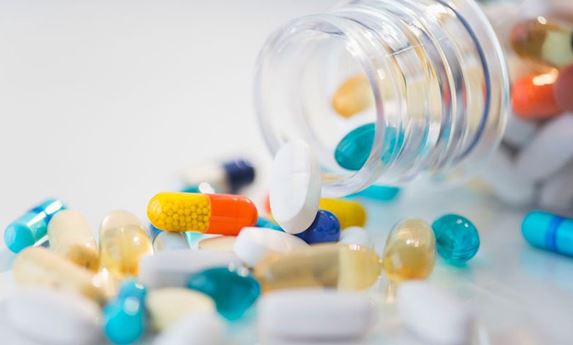
Pharmaceutical Compliance
Pharmaceutical compliance refers to the adherence of pharmaceutical companies and organizations to l...
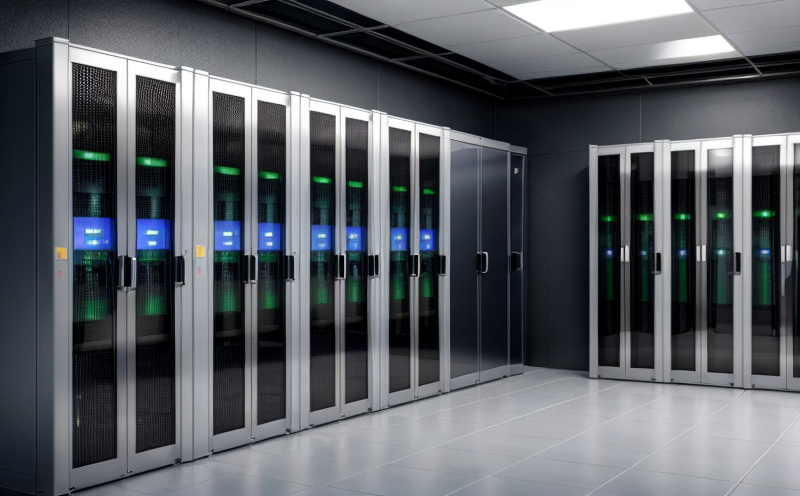
IT and Data Center Certification
IT and Data Center Certification: Understanding the Importance and Benefits The field of Informatio...
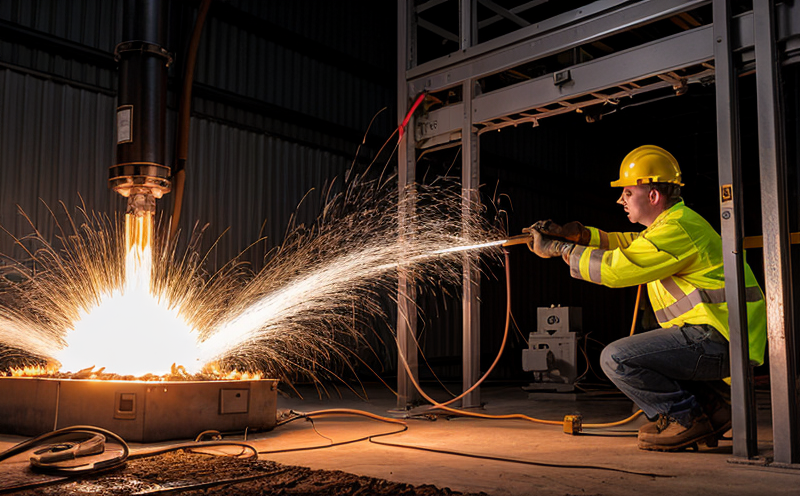
Electromechanical Safety Certification
Electromechanical Safety Certification: Ensuring Compliance and Protecting Lives In todays intercon...